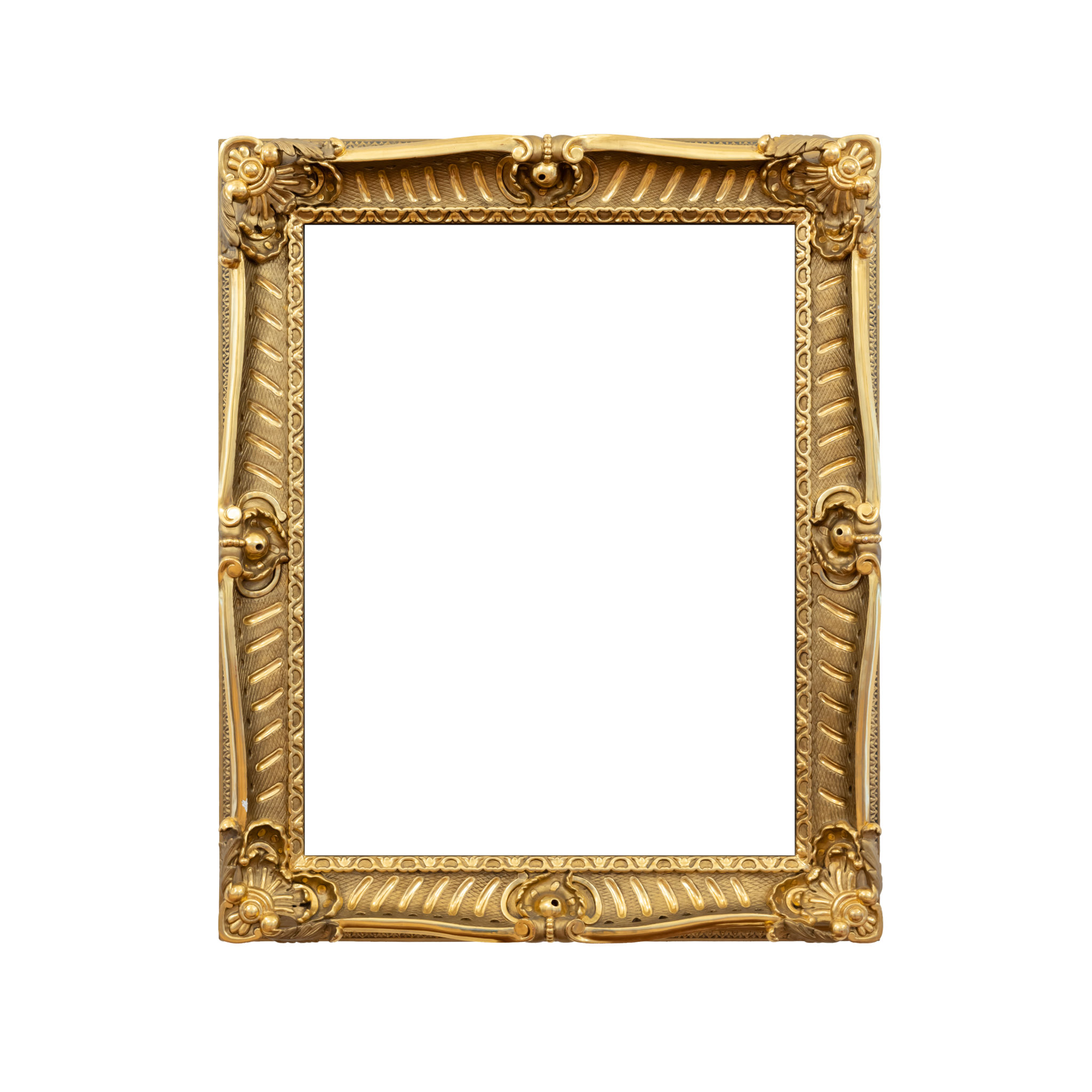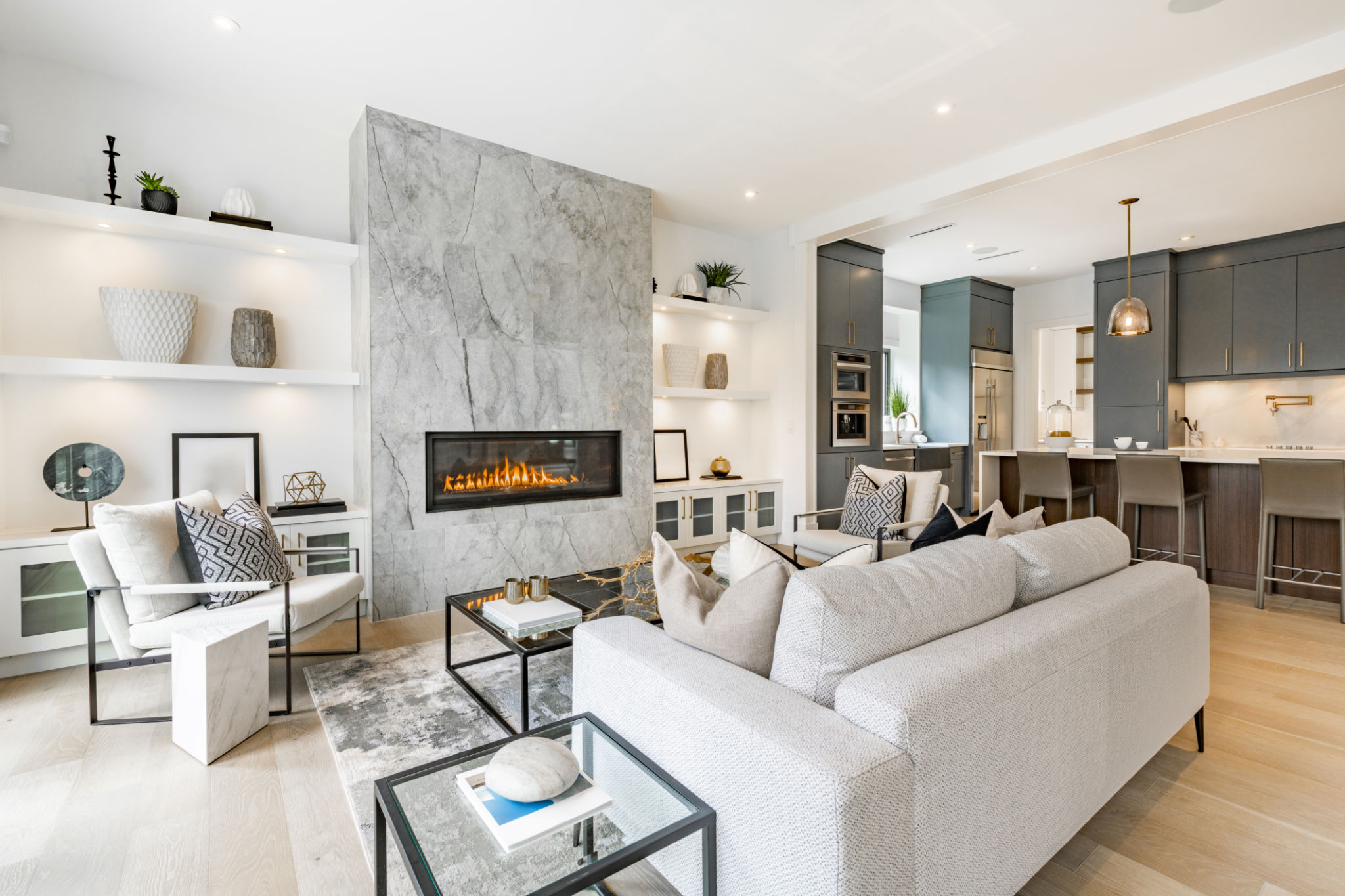Decorative Painting vs. Traditional Painting: What's the Difference?
Understanding Decorative Painting
Decorative painting is an art form that transforms spaces into more visually appealing environments through the use of artistic techniques. Unlike traditional painting, which focuses primarily on applying paint evenly to walls and surfaces to achieve a uniform color, decorative painting brings in creativity, texture, and design elements. This approach is often used to add character and style to a room.
Some popular techniques in decorative painting include faux finishes, stenciling, and murals. These techniques can create illusions like marble or wood textures, intricate patterns, or scenic wall murals. Decorative painting often requires a higher level of skill and creativity, making it both an art and a craft.

The Essence of Traditional Painting
Traditional painting is more straightforward and focuses on covering surfaces with paint to protect and beautify them. The primary goal is to achieve an even coat of paint that enhances the space with a fresh, clean look. This type of painting is essential for maintaining the integrity of surfaces, such as walls, ceilings, and exteriors.
Traditional painting methods typically involve using brushes, rollers, or spray guns to apply paint. The process includes prepping the surface, priming, painting, and sometimes sealing. While it may not include elaborate designs, traditional painting is crucial for long-lasting durability and protection against wear and tear.

Comparing Techniques and Materials
Both decorative and traditional painting use different techniques and materials based on the desired outcome. Decorative painting often uses specialized tools such as sponges, rags, and specialized brushes to achieve unique textures and finishes. Moreover, it frequently involves multiple layers of different paints or glazes to create depth.
On the other hand, traditional painting relies on standard brushes, rollers, and paints designed for durability and coverage. The choice of paint—whether it's matte, satin, or gloss—depends on the desired finish and surface type. The primary focus here is on achieving a uniform look without elaborate designs.
Application Settings
The choice between decorative and traditional painting often depends on the setting and purpose of the space. Decorative painting is ideal for spaces where aesthetics are a priority, such as living rooms, restaurants, or boutique hotels. It can be used to create a focal point or enhance certain architectural features.

Traditional painting is more suited for areas where functionality is key, such as kitchens, bathrooms, or exterior walls. These spaces benefit from the protective qualities of traditional paint, which can withstand moisture and frequent cleaning.
Cost Considerations
When it comes to cost, decorative painting can be more expensive than traditional painting due to the time, skill, and materials involved. The complexity of designs and the need for skilled artisans contribute to the higher price tag. However, it also adds significant value to a property by enhancing its aesthetic appeal.
Traditional painting is generally more budget-friendly and quicker to complete. It’s a practical choice for those looking to refresh a space without investing in artistic elements. However, opting for high-quality paints can still ensure a beautiful finish while remaining cost-effective.

Choosing the Right Approach
The decision between decorative and traditional painting should align with your personal style, budget, and the function of the space. If you're looking to make a bold statement or add unique character to a room, decorative painting may be the perfect choice. Meanwhile, if your goal is to maintain a clean and polished look with minimal fuss, traditional painting could be more suitable.
Ultimately, both decorative and traditional painting have their unique benefits and can complement each other beautifully when used strategically within different parts of a home or building.
